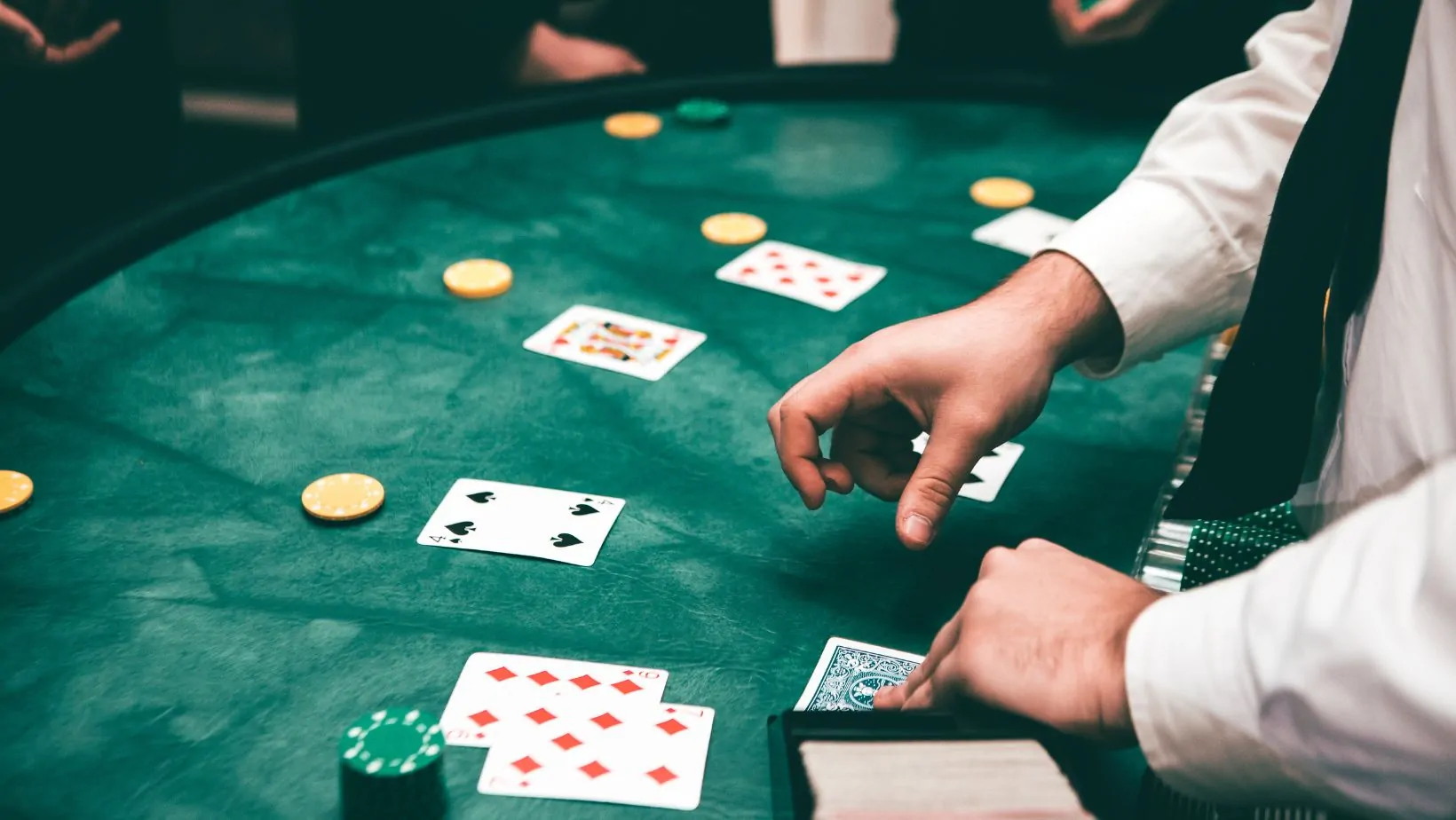Understanding the Mathematics Behind Blackjack
Blackjack is a game of chance that demands an understanding of mathematics. While variance cannot be managed perfectly, becoming familiar with blackjack mathematics will help manage your bankroll and set realistic expectations.
Not like roulette, blackjack has more unpredictable odds. A successful hand will depend on which cards remain in the deck and their combination.
Probability of winning a hand
Blackjack may seem like a game of chance, but mathematics can help tilt the odds in your favor. When an advantageous situation presents itself – for instance if an Ace appears with any card worth 10 – an increase of your bet can help boost your odds significantly. Increasing it when an opportunity presents itself allows you to increase it, such as when an Ace meets up with any card worth 10.
An expertly played blackjack hand can beat a dealer totaling 17 or higher, but never draw cards to exceed 21; doing so is an irreparable misstep and could bring financial ruin.
Effective bankroll management is also vital when playing blackjack. When betting more than you can afford to lose, this will lead to emotional decisions and possibly financial strain. Also important when losing is maintaining your strategy while staying calm after each loss.
Variations of the game
Blackjack may be a game of chance, but its house edge can be reduced through strategic approaches that improve your odds. Utilizing basic strategy charts will increase your odds of consistent wins while decreasing those of substantial losses; additionally, effective bankroll management ensures you do not spend more than you can afford to lose.
A blackjack is defined as any hand that contains an Ace and ten-valued card and must be the player’s initial two cards. They may double down on any initial two-card hand before drawing more cards if desired; double down bets on initial two-card hands may only be made before another card is drawn; double down bets may only be placed before additional cards have been drawn or after insurance bets have been made as their house edge can be higher than other forms of bets so it would be prudent to avoid such bets where possible as their house edges tend to be higher and should therefore be avoided altogether.
Odds of winning a hand
Blackjack may be a game of chance, but you can increase your odds by following some basic guidelines. Bankroll management and having a positive mindset are also essential to successful blackjack playing; always gamble within your means and never wager more than you can afford to lose!
When playing blackjack, don’t allow other players to influence your decisions. Your hand only competes against that of the dealer’s, so avoid being tempted to double down on weak dealer cards with strong hands such as two fives; rather split them into starting hands that are more likely to win instead. Doubling down may be profitable if the dealer shows an eight or nine, and is recommended when two threes or fours appear.
Hi-Low strategy
Hi-Low strategy in blackjack involves keeping track of two numbers – the running count and true count – at all times. As true count increases, so too should betting frequency; but to avoid heat it is best to remain consistent in your approach; increasing or decreasing bet value after each victory or loss can cause emotional decisions that put your bankroll at risk.
Stanford Wong and Harvey Dubner offer some great books on basic blackjack strategy that provide detailed charts to show what you should do depending on the value of your hand and the dealer’s up card. Though these rules won’t overcome the house edge completely, they can help reduce losses to an acceptable degree.
Rules of the game
When playing blackjack, it is essential that you become acquainted with its rules. Players begin the game by placing bets at either a dealer-owned table or one they bring from another table, after which he or she gives each player two cards and himself before giving players options such as hit/stand/double down to make decisions on.
Played with a standard deck of 52 playing cards, the game utilizes no suits as its value is determined solely by its numerical value; for instance numbered cards from 2-10 count at face value while picture cards (king, queen and jack) count for 10. Aces may be valued either one or eleven points and when their hand has a total higher than that of the dealer or produces a blackjack it wins!




